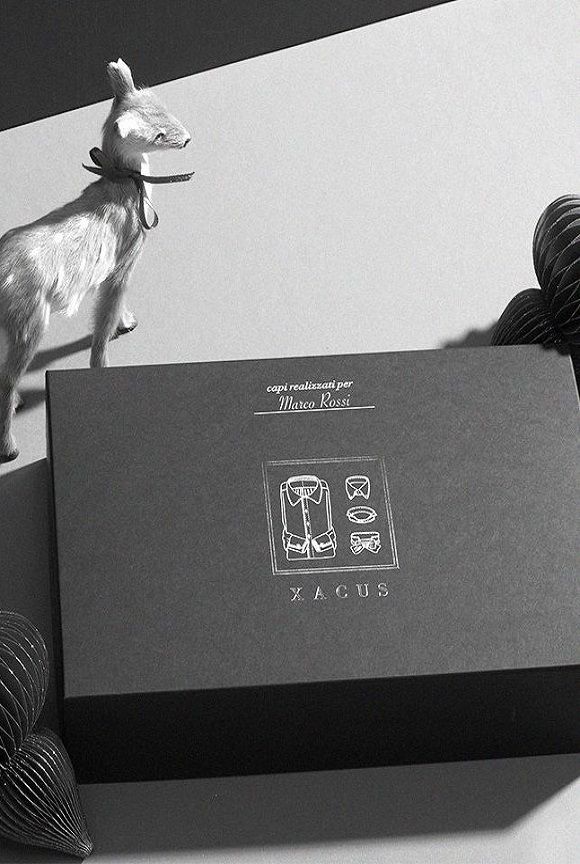It’s already been 20 years, but when we talk about the Nineties, the memories are vivid enough to make them seem just like yesterday. Who knows? Perhaps it’s because of this “Nineties revival” we have seen so much of lately: in fashions, music and in films. A decade that rushed by too quickly, between the carefree 80s and the imaginary new millennium. At the same time, it was a period of great changes in society: 1991 saw the birth of the prefix “www” (World Wide Web); Nokia phones were everywhere, and Playstation consoles began to arrive in our homes. It was the time of Twin Peaks and Beverly Hills 90210. But the Nineties were also the period of Grunge, a phenomenon where young people showed their desire to break with the past and of course, with the rules.
Even the world of fashion, especially for men, saw great changes and began to express itself in a completely different language - a more unkempt, uncaring look, compared with the diktats of the fashionistas: men’s check shirts were the dominant theme, together with oversized denim jackets, and everyone was in worn-out Dr Martens or Converse. The spokesman for this movement was Kurt Cobain, frontman of Nirvana, who, with his tormented rebel attitude, flannel shirt tied at the waist or worn over a white tee, involuntarily became a style icon for this and future generations.
And on the other hand, there was the more pop-based colourful world, also open to women’s fashions. With the boom of music videos broadcast around the clock by MTV, girls could go mad for the princesses of pop - the unforgettable Spice Girls and Britney Spears - with their extravagant looks: ponytails, pompoms, glitter, crop tops and wedges, with floral bodycon dresses and bodysuits. Boys, on the other hand, took their inspiration from the Backstreet Boys, wearing short-sleeved men’s shirts a few sizes too big, baggy hip-hop jeans, acetate tracksuits in bright colours, and improbable bucket hats.
Nineties fashions broke away from the classic rules to dictate new ones. Fashions were all about soft shapes and large volumes, based on comfort rather than aesthetics, opening the way for our fears of the new millennium.

